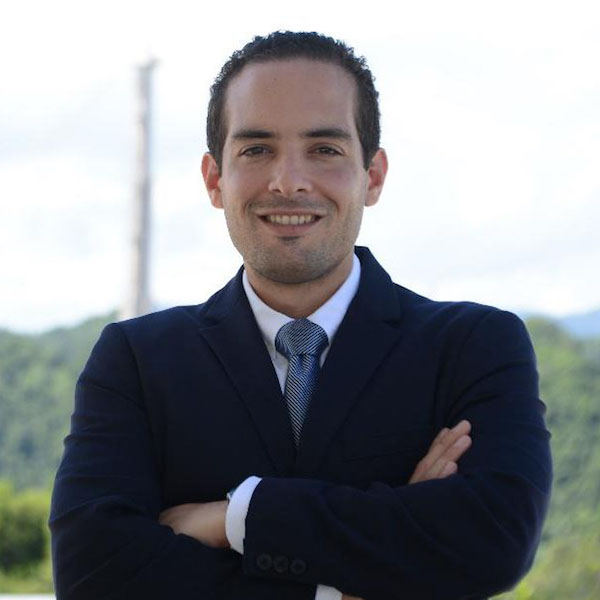- Leter from Dr. Julie Brisset (Principal Investigator of the Arecibo Observatory)13 Sep, 2022
- Arecibo Deputy Principal Scientist to Explore the Cosmos with the JWST02 Sep, 2022
- Letter from the Director22 Aug, 2022
- Piercing through the Clouds of Venus with Arecibo Radar17 Aug, 2022
- Summer greetings from the Facilities and Operations Team!17 Aug, 2022
- Arecibo Observatory at the Small Bodies Assessment Group12 Aug, 2022
- Meet the 2022 Arecibo Observatory REU students!11 Aug, 2022
- Meet Luis R. Rivera Gabriel, Research Intern in the Planetary Radar Group09 Aug, 2022
- Updates from the 2022 CEDAR Workshop in Austin, TX09 Aug, 2022
- Insights into the AAS Conference from AO Analyst Anna McGilvray08 Aug, 2022
- American Astronomical Society’s 240th Meeting: Plenary Lecture Building the Future of Radio Science with the Arecibo Observatory by Dr. Héctor Arce. 28 Jul, 2022
- TRENDS 202227 Jul, 2022
- Advancing IDEA in Planetary Science 27 Jul, 2022
- The Arecibo Observatory: An Engine for Science and Scientists in Puerto Rico and Beyond27 Jul, 2022
- Cryogenic Frontend work for the 12m telescope entering phase II21 Jul, 2022
- Remote Optical Facility Updates20 Jul, 2022
A Letter from the Director Eng. Francisco Cordova
Byelliot.gonzalez31 March 2022 Management
| Management |

Dear AO Community,
Since the last AO Newsletter we were able to successfully close out the Year 2021 and wholeheartedly welcome 2022.
2021 was an incredibly challenging year for the AO team, primarily as we recovered and realigned resources and strategies after the collapse of the 305 m telescope. But I am incredibly proud of the work done by the AO team.
This past year we were able to refocus science operations to existing instruments and had a record number of publications and proposals. We completed the cleanup and environmental remediation activities at the site, and we were able to position the facility for the reopening of the Science and Visitors Center on March 10th, 2022.
We continue producing cutting-edge science with our existing suite of instruments. The Space and Atmospheric Sciences group has grown our capabilities with a new meteor radar and LIDAR to be installed at the Remote Optical Facility located on the island of Culebra. These experiments will allow us to study atmospheric dust content that comes from both the Sahara desert and from meteors.
The Astronomy group’s observational capabilities have also been expanded. The 12-meter antenna is now operational and continually monitoring the Sun for solar flares, which is particularly important now that the solar activity is rising toward its maximum level in 2024. The telescope is undergoing additional enhancements as it joins the EVN and VLI networks. We also continue to make new solar measurements with the Callisto Radio Spectrometer.
The planetary group is about to publish the report and detailed analysis of 191 detections of asteroids and comets made from 2017, 2018, and 2019 - the year with a record number of detections at AO - which provide valuable information on the physical properties of these bodies.
Proposals for restoring HF capabilities, incoherent scatter radar, and additional astronomical observations are either under development or awaiting final review from the funding agencies. Since the beginning of 2022, we have further aligned our scientific and management resources as we prepare for the 5th year of operations of the facility under the current management team. I expect this year to further enhance our scientific capabilities and continue our excellent publication record. We also expect to see longer-term (3-5 years) guidance on the future of the facility.
We hope you enjoy this newsletter and, as always, thank you for your support of the Arecibo Observatory.
Francisco Cordova

